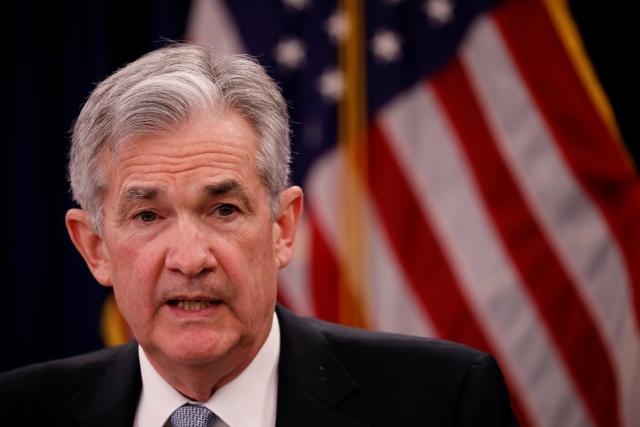In his first speech on the economic outlook since assuming the helm at the U.S. central bank on February 5, Powell said on Friday the labor market appeared close to full employment and that inflation was poised to rise toward the Fed’s 2 percent objective in the coming months.
“As long as the economy continues broadly on its current path, further gradual increases in the federal funds rate will best promote these goals,” Powell said at an event in Chicago.
Powell said the risks to the U.S. economic outlook appeared “roughly balanced.”
In his speech, he made no mention of rising trade tensions between Washington and Beijing in which each government is threatening to hike tariffs on tens of billions of dollars in bilateral trade. Pressed about the issue after his speech, Powell told a business luncheon it was not clear whether the threatened tariffs would actually materialize and how big an effect they might have.
“It really is too early to say,” he said.
The Fed has been slowly raising interest rates since 2015, most recently in March when policymakers signaled they expected to increase borrowing costs two more times in 2018. Prices for interest rate futures have suggested that investors expect the Fed to do just that.
Powell’s comments on Friday bolstered that view. He said there were many signs that the job market was nearly at full strength and only a few indicators pointed to weakness.
“I will be looking for an additional pickup in wage growth as the labor market strengthens further,” Powell said.
He said Fed policymakers discussed inflation “thoroughly” at their meeting in January and that he believed inflation will be influenced by the labor market over time, meaning that a tight labor market could fuel faster price gains.
More about: #FED

























-1731503623.jpg&h=190&w=280&zc=1&q=100)






















